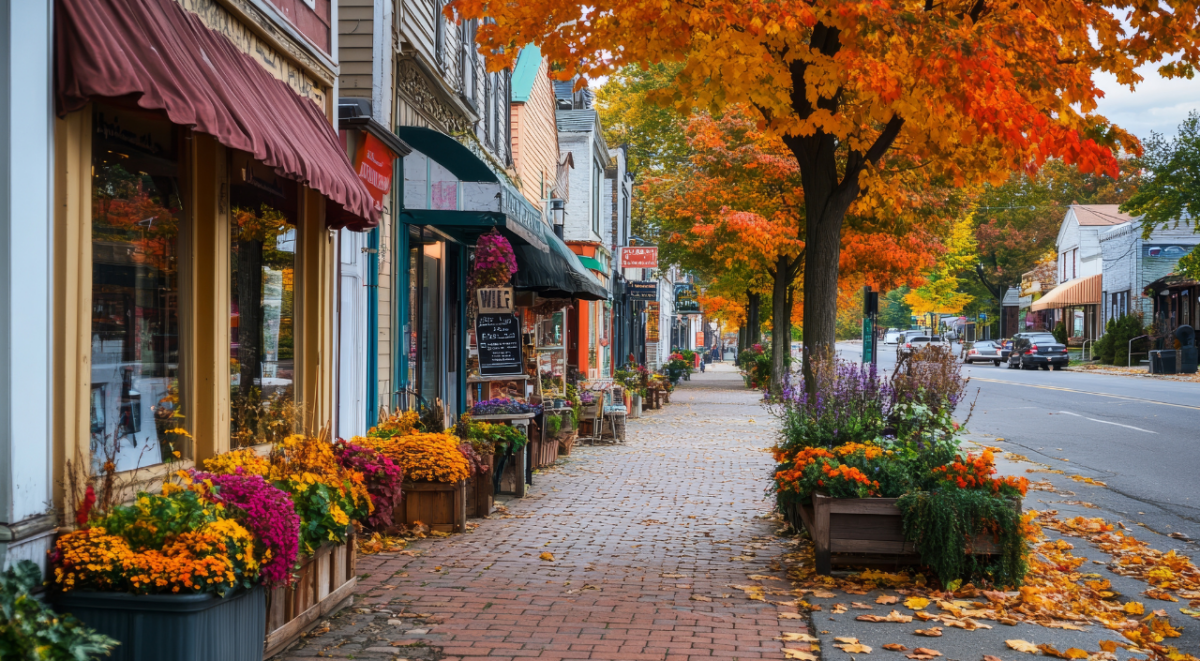Of all the USDA Rural Development Loan Programs, USDA Business & Industry Loans offer commercial financing for the broadest range of rural business industries, including the essential and nuanced realm of the U.S. food supply chain. Find out how this vital program helps strengthen our food system nationwide.
Overview of the Food Industry’s Importance
According to the 2020 U.S. Census data, there are 41,080 food and beverage processing plants in the United States. These plants employed 1.7 million workers in 2021, which is about 15.4% of all U.S. manufacturing employment combined. Food processing plants and the food manufacturing industry in general were heavily impacted by the COVID-19 pandemic, so much so that the USDA built a specific, yet temporary, lending program called the USDA Food Supply Chain Loan Program (USDA FSC). The program launched in 2021 and was discontinued after the passing of the 2023 Fiscal Responsibility Act. Thankfully, the USDA Business & Industry Program is still a viable option for many food industry businesses.
The History of the USDA FSC Program
The USDA FSC Program highlighted the fragility of our food systems and the need for resilience. The loan program was established to bolster our nation’s food system by providing dedicated funds for food supply chain participants of all varieties, including meat, poultry, and seafood manufacturers, food packagers, cold storage facilities, and distributors, just to name a few. The program provided government-guaranteed loans specifically earmarked for local and regional food supply chain players. In short, it played a critical role in supporting the development of resilient communities by enabling farmers, ranchers, and food businesses to adapt to the changing needs of their communities.
Before being terminated, USDA Food Supply Chain Loans provided flexible financing to businesses of all sizes in the food supply chain. These loans could be used to purchase equipment, expand operations, and improve infrastructure, among other uses. Importantly, these loans were specifically designed to support businesses that operate in local and regional food systems. With the closure of this loan program, food processing and packaging facilities, meat manufacturing plants, and cold storage facilities are not left out to dry.
Financing USDA B&I Loans for Food Supply Chain Projects
North Avenue Capital points all rural businesses operating in the food supply chain toward the original, long-standing USDA Business & Industry Loan Program (USDA B&I) for these types of capital needs. Rest assured, the food supply chain industry will receive the necessary support to maintain and restore its pivotal role in the market landscape through USDA B&I Loans.
The USDA Business & Industry Program provides government-guaranteed loans for businesses specifically operating in rural locations. This means USDA B&I Loans can support the development of local and regional food systems. These systems help to build community resilience by reducing dependence on distant supply chains and providing access to fresh, locally grown produce in rural communities nationwide. The USDA defines “rural” as any city or town with 50,000 or fewer residents. To find out if your business project’s location qualifies as rural, check out NAC’s interactive map tool here.
Supporting Sustainable and Regenerative Agriculture
USDA B&I Loans also support the development of sustainable and regenerative agriculture practices. Before the USDA launched the FSC loan program, North Avenue Capital closed on a USDA Business & Industry Loan for a hydroponic farm in rural Texas. This type of project would have been eligible for a USDA FSC Loan but, thankfully, can still be funded through the USDA B&I Program. By providing financing for innovative farming methods and technologies, these loans are helping to reduce the environmental impact of agriculture and improve the long-term health of our soil and water resources. This not only benefits our communities today but helps ensure a sustainable future for generations to come.
Job Creation and Economic Growth in Rural Communities
In addition to supporting the development of local and regional food systems and sustainable agriculture practices, USDA B&I Loans are helping to create jobs and stimulate economic growth in rural communities. By financing small and medium-sized businesses, these loans support entrepreneurship and innovation in the food sector, which is critical for building strong, resilient communities.
USDA B&I Loans help businesses grow and thrive, saving and creating jobs in rural communities nationwide, which leads to strong, flourishing local economies. For example, NAC closed on a loan for the acquisition of a food processing and packaging facility in Iowa, last year. The loan closed under the USDA FSC Program, but due to the rural location of the facility, the project could have qualified for financing under the USDA B&I Program as well. Funds from the loan were used to purchase furniture, fixtures, and equipment, pay for equipment improvements, and provide working capital. As a result, this project created 80 jobs in its rural Iowa community.
Let North Avenue Capital be Your Lender of Choice for Everything Related to Food Supply
In conclusion, USDA B&I Loans are playing a critical role in building communities that can better withstand shocks and disruptions. By investing in local and regional food systems, sustainable agriculture practices, and rural entrepreneurship, these loans are helping to create a more equitable and sustainable food system that benefits everyone.If you think a USDA B&I Loan would be a good fit for your business, North Avenue Capital can help. NAC is amongst the leading lenders serving rural businesses nationwide. North Avenue Capital is America’s Rural Lender. Connect with a loan specialist by contacting NAC today.


